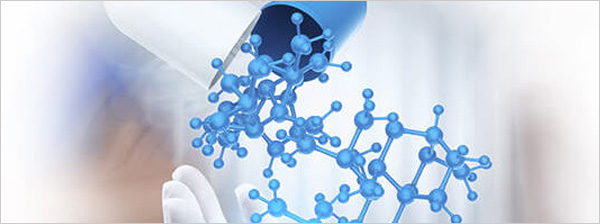Glycerine is a simple polyol compound. It is a sweet tasting, colorless, odorless, nontoxic, viscous liquid that is widely used in pharmaceutical formulations. Glycerine has three hydroxyl groups that are responsible for its solubility in water and its hygroscopic nature.
Glycerine, also known as glycerin or glycerol, is a fascinating and versatile chemical compound that plays a crucial role in various industries. With its numerous applications in pharmaceuticals, cosmetics, food, and industrial processes, glycerine has become an indispensable component in our daily lives. In this article, we will explore the chemical properties, production methods, and the wide-ranging applications of this remarkable substance.
Chemical Structure and Properties:
Glycerine is a simple polyol compound with the chemical formula C3H8O3. It is a colorless, odorless, and viscous liquid with a sweet taste. The key feature of glycerine’s structure is the presence of three hydroxyl (-OH) groups, which makes it a trihydric alcohol. Its unique molecular structure contributes to its ability to attract and retain moisture, making it an excellent humectant and moisturizer.
Production of Glycerine:
There are two primary sources of glycerine production: natural and synthetic.
- Natural Sources: Glycerine can be obtained through the saponification of fats and oils. During this process, triglycerides, which are the main components of fats and oils, are hydrolyzed using an alkali (such as sodium hydroxide or potassium hydroxide) to produce glycerine and soap. Vegetable oils like soybean, palm, and coconut oil, as well as animal fats, are commonly used as feedstocks for natural glycerine production.
- Synthetic Glycerine: Synthetic glycerine is produced by the chemical conversion of propylene, a petrochemical derived from crude oil. The process involves several steps, including the oxidation of propylene to produce allyl alcohol, followed by catalytic hydration to form glycerine.
Applications of Glycerine:
The diverse range of applications for glycerine stems from its unique chemical properties:
- Pharmaceutical and Medical Uses: Glycerine is extensively used in the pharmaceutical industry as an excipient in drug formulations. It is an essential component in various oral, topical, and parenteral medications due to its stability, solubility, and non-toxic nature.
- Cosmetics and Personal Care Products: Glycerine’s moisturizing properties make it a common ingredient in cosmetics and personal care products such as moisturizers, lotions, creams, soaps, and hair care products. Its ability to attract and retain water helps keep the skin and hair hydrated and soft.
- Food and Beverage Industry: In the food industry, glycerine serves as a humectant, sweetener, and preservative. It helps retain moisture and prevents food from drying out. Glycerine is also used as a sugar substitute in low-calorie and sugar-free products.
- Industrial Applications: Glycerine has numerous industrial applications. It is used as a lubricant and hydraulic fluid due to its viscosity and low volatility. Additionally, glycerine is a versatile solvent used in various processes, including the production of plastics, polyurethane, and antifreeze.
- Explosives and Propellants: Glycerine plays a crucial role in the production of explosives such as nitroglycerin and dynamite. It is also used in smokeless gunpowder due to its ability to stabilize and control the burning rate.
Conclusion:
Glycerine’s significance as a versatile chemical cannot be overstated. From its various applications in pharmaceuticals, cosmetics, and food to its pivotal role in industrial processes, glycerine has become an integral part of modern life. Its non-toxic nature, combined with its unique ability to attract and retain moisture, makes it a valuable compound in numerous industries, contributing to our health, well-being, and daily comfort. As technology and research continue to advance, we can expect even more innovative applications of glycerine in the future.

